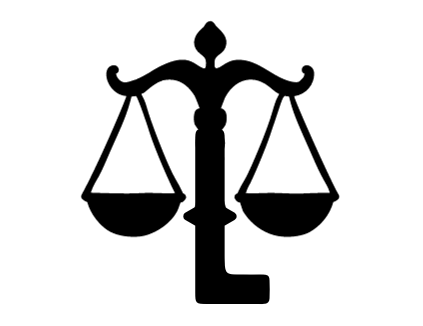The digital age has brought convenience and connectivity, but it has also given rise to serious cyber threats. Among the most alarming issues is sexual exploitation through cyber crime, which includes activities such as sextortion, circulation of intimate images without consent, online harassment, pornography-related blackmail, and impersonation on social media. Victims of such exploitation often face not only financial loss but also emotional trauma and social stigma.
Fortunately, Indian law provides several legal remedies and protections to address sexual exploitation facilitated by technology.
Common Forms of Sexual Exploitation in Cyber Space
-
Sextortion – Threatening to share intimate photos or videos unless money or favors are provided.
-
Cyberstalking and Harassment – Continuous unwanted messages or online monitoring.
-
Morphed Images and Fake Profiles – Misusing personal pictures on social media or adult sites.
-
Revenge Porn – Sharing intimate content without the consent of the person involved.
-
Online Grooming of Minors – Manipulating or luring children into exploitative acts.
Legal Provisions Available in India
Under the Information Technology Act, 2000
-
Section 66E – Punishment for capturing, publishing, or transmitting private images of others without consent.
-
Section 67 – Punishment for publishing or transmitting obscene material in electronic form.
-
Section 67A – Stricter punishment for transmitting sexually explicit content.
-
Section 67B – Protects minors from child pornography and online sexual exploitation.
Under the Indian Penal Code (IPC)
-
Section 354A – Sexual harassment.
-
Section 354C – Voyeurism.
-
Section 354D – Stalking, including cyberstalking.
-
Section 376 – Rape, if online exploitation results in physical assault.
-
Section 509 – Outraging the modesty of a woman through words, gestures, or electronic communication.
-
Section 292/293 – Sale or circulation of obscene content.
Under the Protection of Children from Sexual Offences (POCSO) Act, 2012
-
Protects minors (under 18 years) from all forms of sexual exploitation, including those conducted online.
Remedies Available to Victims
-
File a Cyber Crime Complaint
-
Report to the nearest Cyber Crime Police Station.
-
Alternatively, file a complaint online through the National Cyber Crime Reporting Portal www.cybercrime.gov.in.
-
-
Contact the National Cyber Helpline (1930)
-
Available 24×7 to provide assistance and guidance.
-
-
Approach Local Police
-
An FIR can be registered at any police station under relevant IPC and IT Act sections.
-
-
Seek Court Remedies
-
Victims can approach courts for restraining orders, injunctions, or directions to remove objectionable content from online platforms.
-
-
Take Immediate Digital Actions
-
Report and block the offender on social media.
-
Preserve all evidence (screenshots, chats, emails) for legal proceedings.
-
Role of Cyber Crime Lawyers
A cyber crime lawyer helps victims by:
-
Drafting and filing complaints with the Cyber Cell.
-
Ensuring quick action to remove objectionable content from websites and social media.
-
Representing victims in Surajpur Court, Delhi courts, or High Courts if required.
-
Seeking compensation and protection orders.
Preventive Measures
-
Avoid sharing private content online or with untrusted individuals.
-
Use strong privacy settings on social media accounts.
-
Report fake profiles and offensive material immediately.
-
Educate children about safe online behavior and grooming risks.
Sexual exploitation through cyber crime is a serious violation of dignity, privacy, and security. Victims should not remain silent but must promptly seek help from the Cyber Crime Cell, police, and legal professionals. With the robust legal framework under the IT Act, IPC, and POCSO Act, India offers multiple remedies to protect victims and punish offenders.
Disclaimer
This blog is for informational purposes only and should not be treated as legal advice. We are not doing any advertisement or solicitation work. If you are a victim of cyber crime, immediately contact the National Cyber Crime Helpline (1930), and file a complaint on www.cybercrime.gov.in.
